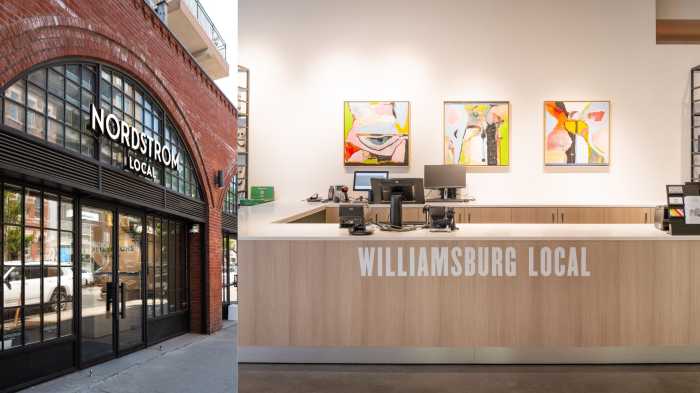Read Related Article #1: Death and life within the ghetto walls
Read Related Article #2: Behind the barbed wire
Read Related Article #3: Survivor Profile: Ruth Turek
Read Related Article #4: Survivor Profile: Minia Moszenberg
Read Related Article #5: The will to survive
Read Related Article #6: Survivor Profile: Ellen Alexander
Eddie Weinstein last saw his mother in August of 1942 in a cloud of chaos, confusion, dust and gunfire in his hometown of Losice, Poland. The barbwire-enclosed ghetto he and his fellow Jews had been forced to live in had been surrounded and everyone was forced to assemble in the market square. Then the Germans started shooting.
Women and children were thrown into wagons and the men who jumped in after them were dragged out and gunned down. Grown men and little boys were ordered to march to the edge of town, a steady spray of bullets picking off the slower ones and speeding up the rest.
“You could hear the screams of the wounded and the cries of the people around them,” recalled Weinstein, now 83 and a resident of Little Neck.
After two days, an empty train arrived and everyone was pushed in “like herring” with a lack of oxygen and an excess of fear. Those who fainted and the dead were held upright because there was no room to fall.
“We felt we were going to die. Better to be killed from a bullet than to suffocate,” said Weinstein, explaining that with a “superhuman effort” he and his brother managed to push themselves out a window and back onto the train platform where they would enter a car with room to breathe.
“Nobody - nobody in his wildest dreams could have imaged what they were going to do to us - what they were going to do to our mothers, fathers and children,” he said, recounting a train ride to a mysterious destination in which passengers jumped for their lives only to become disposable targets for Nazi sharpshooters.
After four hours the train arrived at Treblinka, the infamous death camp that liquidated 20 cattle cars of human beings every two hours, Weinstein said.
It was at Treblinka where prisoners received a few drops of water in exchange for carrying the dead to incineration pits. It was at Treblinka where the ‘hospital’ was a burning hole in the ground, with infants perilously perched on the edge watching, but never crying, according to Weinstein, as generations melted away before their eyes. It was at Treblinka where Eddie Weinstein was shot, and then ushered to safety by his brother, whose heroic act also served as a final farewell.
After 18 days of hell at Treblinka, Eddie Weinstein escaped in a train hauling off the clothing of the dead. Weinstein smuggled out gold coins, which he would use to pay for food and a place to hide. But freedom was far off.
Having reunited with his father and two others, Weinstein spent the next year-and-a-half hiding in the levee of a fish hatchery before all were discovered. Weinstein managed to escape death a few more times - including when he was captured by German soldiers hours before the Russians arrived - and ultimately joined the Polish Army so he could “participate in Germany’s defeat.”
There were 8,000 Jews in Weinstein’s hometown before the war. Only 16 made it back.
“Some people say it didn’t happen. What’s going to happen when we’re not going to be around anymore?” Weinstein asked somberly.
“I feel that I survived to be able to tell the story,” he said, his sad eyes revealing just as much as his words.































